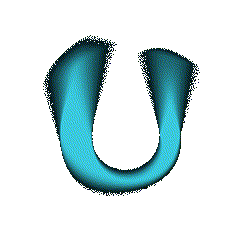At the beginning of the 20th century, the literary source of a ballet could be neither a novel nor a story, nor a poem, but just two poetic lines, ‘I am the spectre of a rose / That yesterday you wore at the dance.’ The ballet turned out to be just as laconic: its duration is limited by the music of Carl Maria von Weber's piano piece Invitation to the Dance as orchestrated by Hector Berlioz. It was the first ballet-waltz in history.
The plot is simple: the Young Girl returns home after her fist ball and falls asleep in an armchair with a rose in her hands. Her agitated imagination transforms the rose turns into a disembodied and asexual dancing spirit. The word “spectre” used by the poet Theophile Gauthier can be translated as "spirit", "vision", "ghost". Vaslav Nijinsky and the choreographer Michel Fokine alternated in the part of the Spectre. For them, Léon Bakst designed a costume consisting of tights and a headdress studded with silk petals of different shades, and this costume became legendary. Wishing to be like the heroine of the ballet, Nijinsky's fans cut off all the petals as a keepsake after each performance which made the costume designers very angry.
Fokine's brainchild turned out to be as ephemeral as the Spectre of the Rose. It is impossible to say that the audience of the Ural Opera will see the same ballet that was performed 110 years ago in Monte Carlo in the programme of Diaghilev’s Ballets Russes. Most likely, they will see a beautiful myth about the beautiful ballet of the past.



